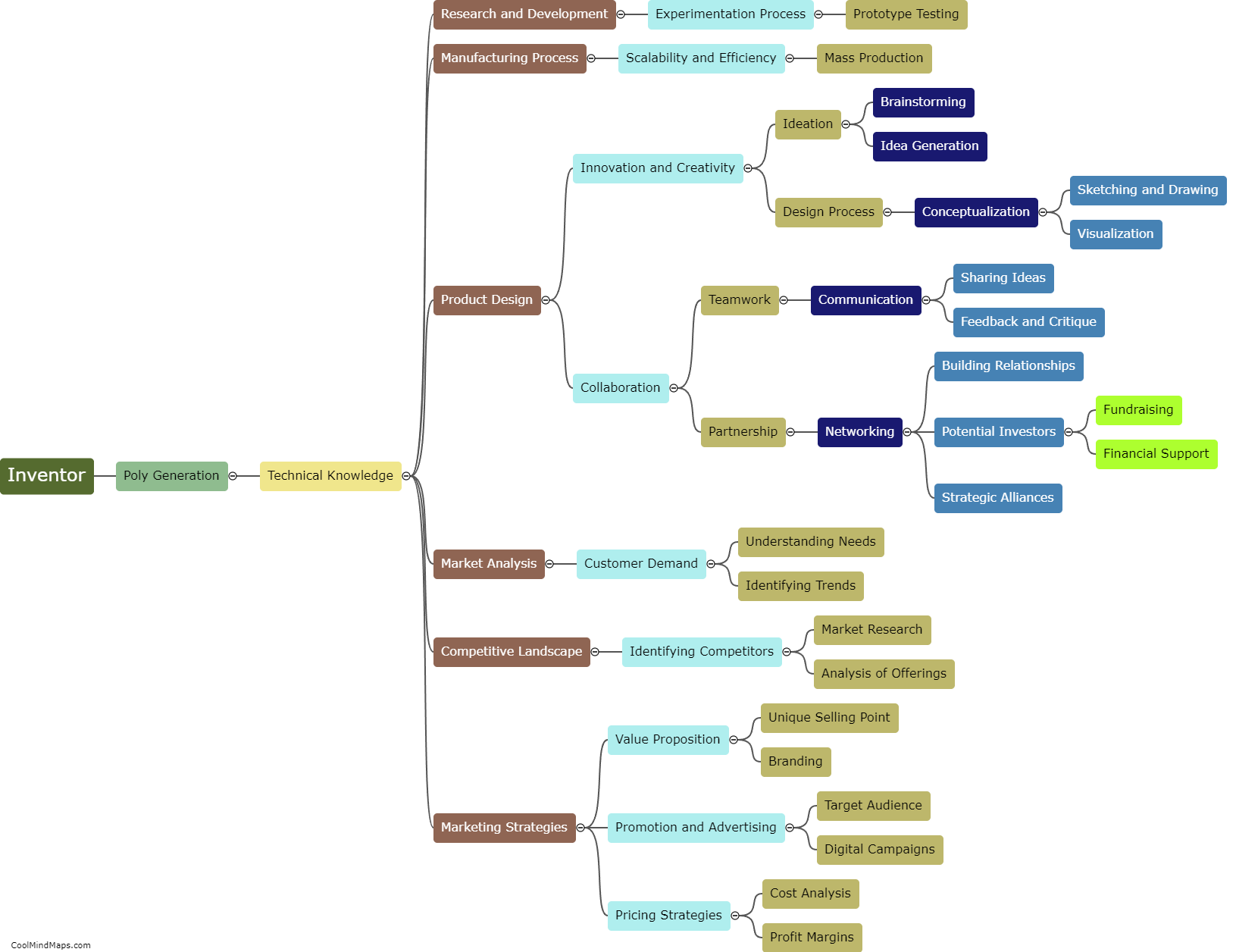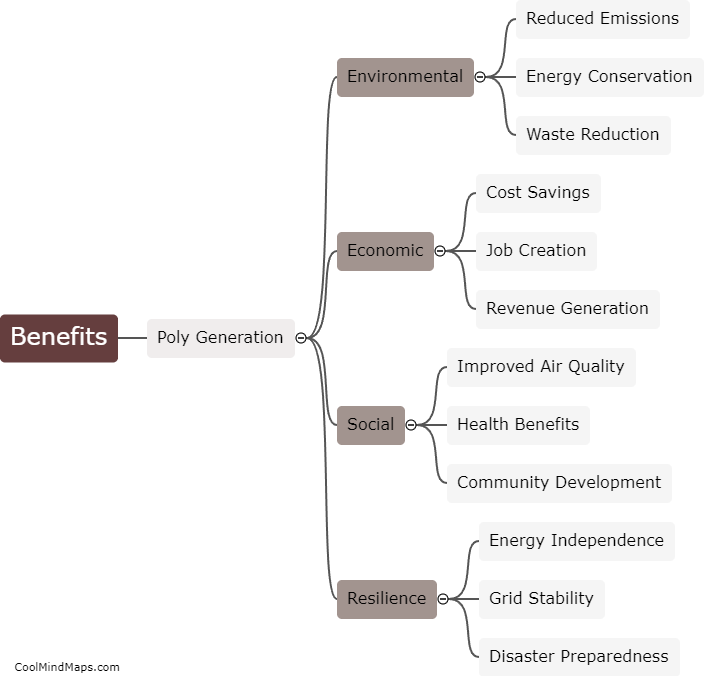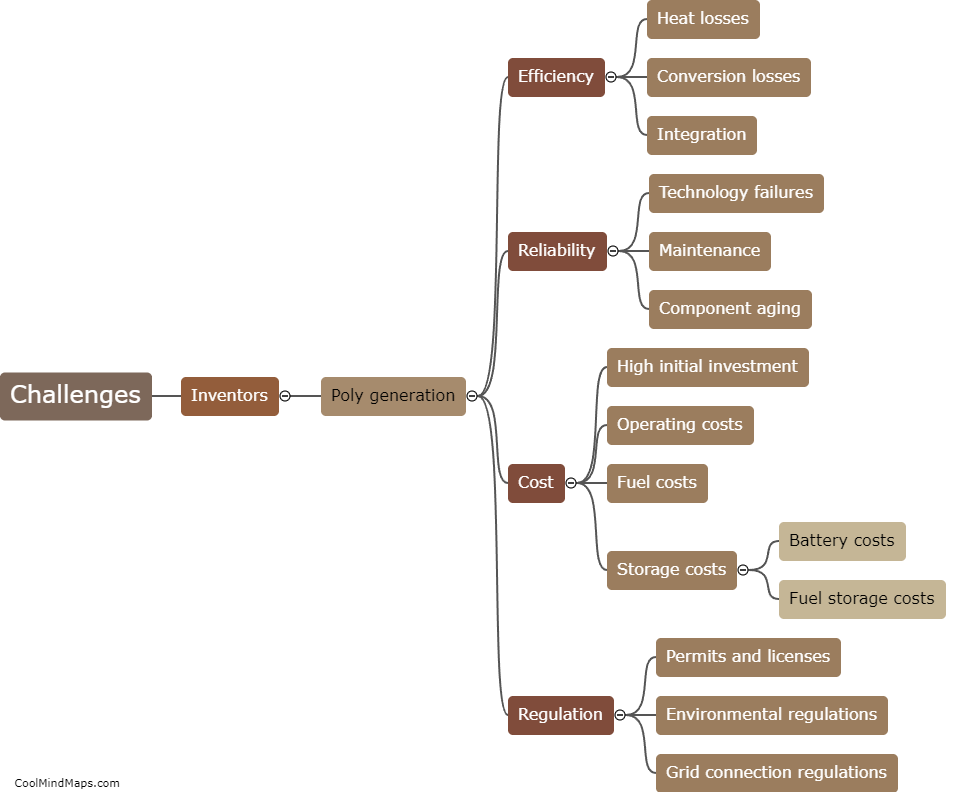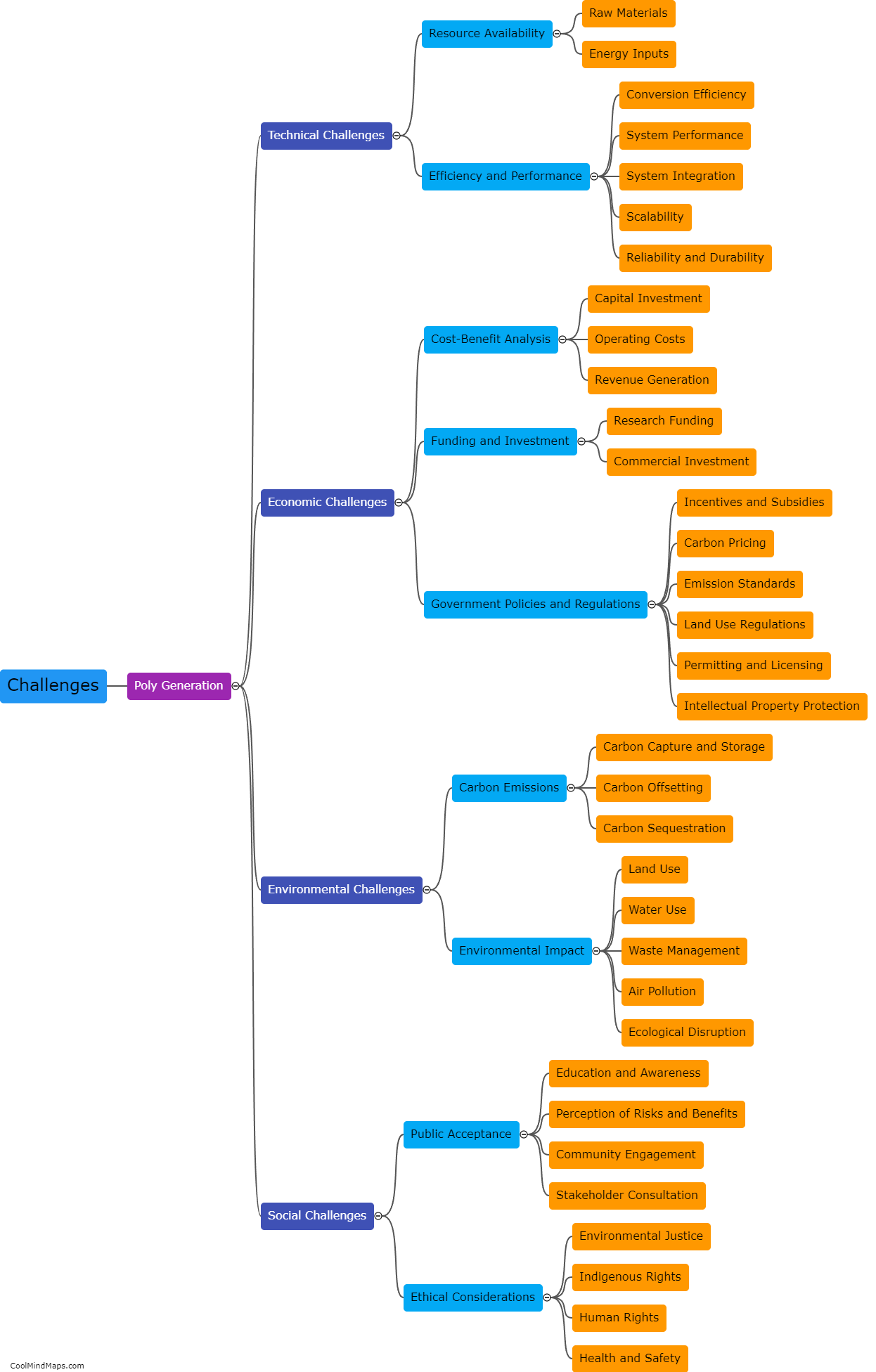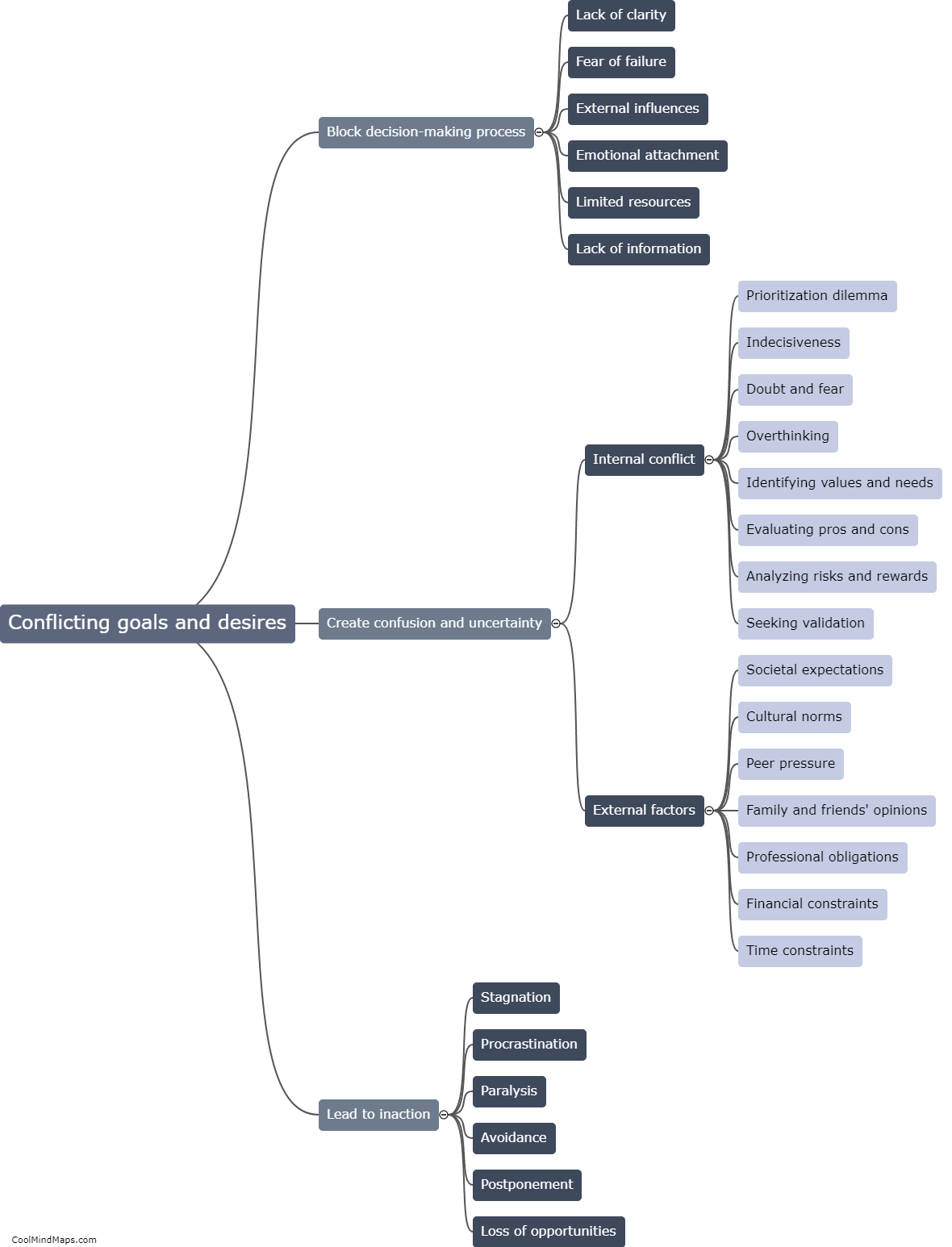How is a Petri Net model developed for simulating dynamic traffic control systems?
A Petri Net model can be developed for simulating dynamic traffic control systems by representing the system's components and their interactions as a set of places, transitions, and arcs. Places represent states or conditions, transitions represent events or actions, and arcs connect the places and transitions, showing the flow of tokens, which represent resources or control. In the context of traffic control systems, places can represent various elements such as intersections, lanes, vehicles, and traffic signals. Transitions can represent events like vehicles arriving at an intersection or traffic signals changing. By specifying the rules for token movement through the Petri Net, the model can simulate the traffic system's behavior dynamically, allowing for analysis, optimization, and decision-making in real or simulated scenarios.

This mind map was published on 4 October 2023 and has been viewed 104 times.





